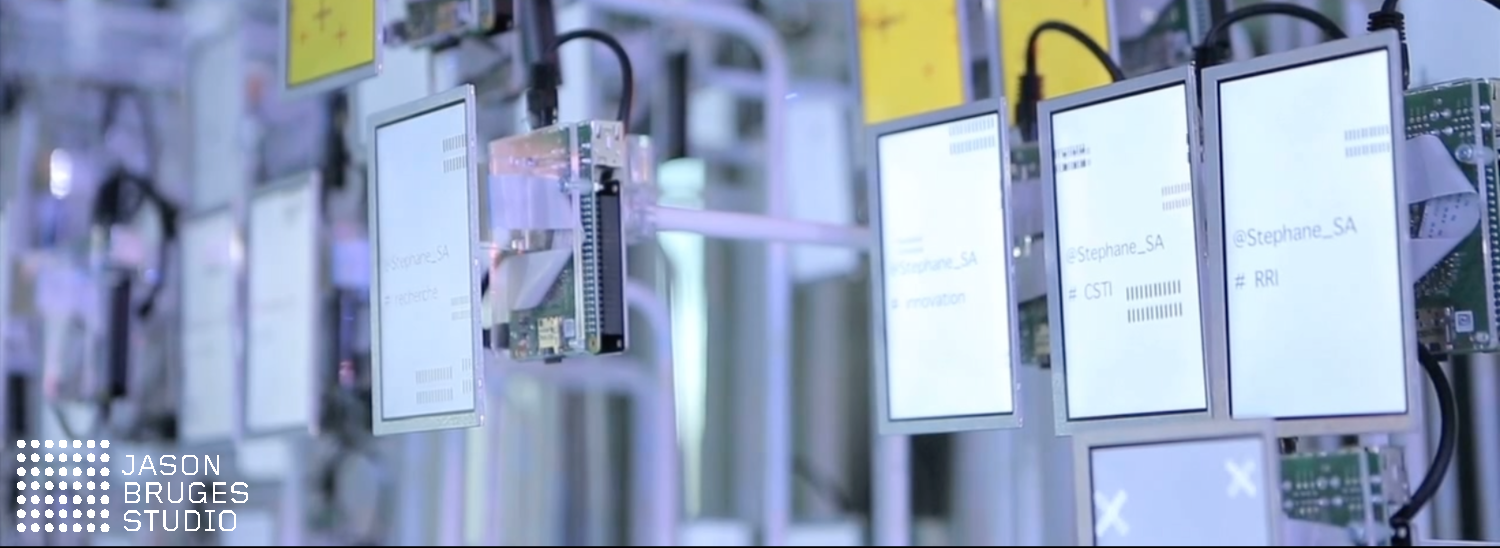The pandemic hit and evolved as I was tutoring at the MSc in Design informatics (DI) while at the same time pursuing a PhD in architecture. Suddenly the pandemic sparked disruption in academia, in social and urban interactions, in interactions with art and arts spaces and in everyday life. Since then, the implications have been both practical and mental. Teaching switched from on campus to online, and we witnessed the hurdle of the students adjusting to working from home, isolated from their cohort. The transition was challenging both for teaching staff and the students.
Slowly the coronavirus became an important parameter of design and interaction design, as we started considering the restrictions and challenges it imposes, and then proposing relevant solutions.
However, we have been approaching these issues on a theoretical and conceptual level. So, we felt that we needed the input of an experienced interaction designer from the industry to discuss the challenges the pandemic and the post-pandemic era impose. For this reason, I got in touch and invited Jason Bruges (https://www.jasonbruges.com/art/ ), an expert in the field of interactive design, architecture and site specific digitally mediated installation art who is based in London, to helps us link academia with the industry. His practice is pioneering in art and design, with a team of diverse backgrounds such as architecture, engineering, industrial design, computational design, electronics, programming, and project management, with applications in public spaces all over the world.




